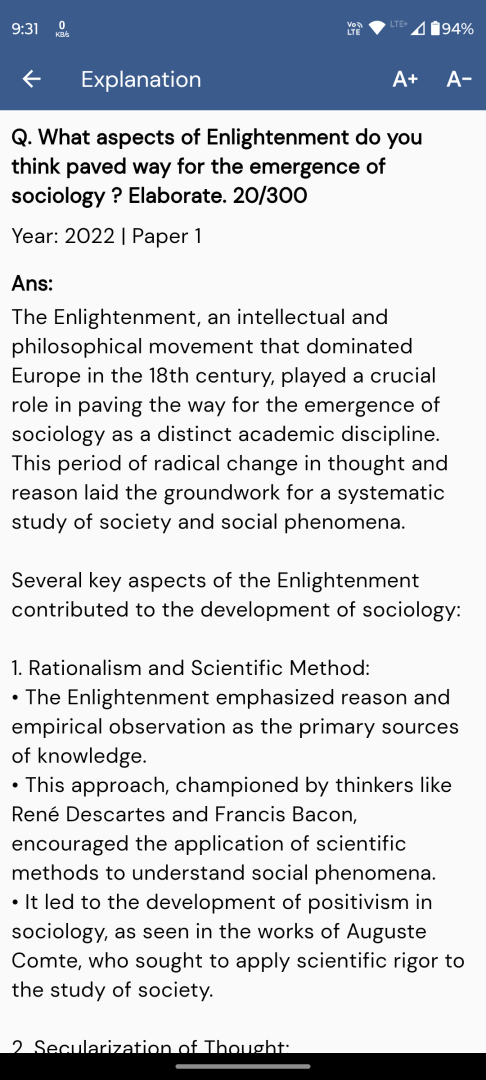Q. ‘Agrarian class structure has been undergoing changes due to modern forces.’ Critically examine.
UPSC Sociology 2025 Paper 2
Model Answer:
Agrarian Class Structure: Transformation Through Modern Forces
The traditional agrarian class structure in India, historically defined by land ownership and intertwined with caste system, has undergone significant transformation under modern forces. While change is undeniable, its nature remains complex—marked by dissolution of old hierarchies and emergence of new inequalities.
Impact of Green Revolution and Commercialization
The Green Revolution (1960s) fundamentally reshaped agrarian relations:
• Rise of Capitalist Farmers: Daniel Thorner identified shift from feudal ‘Maliks’ to market-oriented capitalist farmers investing in HYV seeds, tractors, fertilizers—producing for markets rather than subsistence.
• Intensified Class Differentiation: Rich/middle peasants prospered while small farmers fell into debt, becoming landless ‘Mazdoors.’ Francine Frankel documented this widening gap, though benefits remained concentrated in Punjab, Haryana, Western UP.
• Reverse Tenancy: Land leasing by large farmers from small/marginal holders emerged, as A.R. Desai noted—a capitalist transformation where ownership doesn’t guarantee cultivation.
State Policies and Structural Changes
State intervention brought limited transformation:
• Land Reforms: Zamindari abolition aimed to dismantle feudalism but ‘benami’ transfers and weak ceiling acts limited impact.
• MGNREGA Impact: Increased bargaining power of landless laborers, weakening patron-client dependencies and raising rural wages.
• Contract Farming: Corporate entry through contract farming creates new dependencies, transforming independent cultivators into quasi-wage laborers for agribusiness.
Diversification and New Dynamics
• Non-farm Economy: Andre Beteille’s Sripuram study shows employment in construction, services provides alternative income—landless workers may earn more than marginal farmers.
• Feminization of Agriculture: Male out-migration leaves women managing farms without land ownership rights, creating gendered class dynamics.
• Technology Adoption: Mobile phones and digital payments alter traditional middlemen relationships, though digital divide reinforces class differences.
• Farmer Producer Organizations (FPOs): Collective mobilization attempts to counter market vulnerabilities, representing new forms of class organization.
Conclusion:
Modern forces have reconfigured rather than erased traditional structures. Caste-class overlap persists with Dalits/Adivasis remaining disproportionately landless. The agrarian transition remains incomplete, creating complex stratification where feudal remnants coexist with capitalist relations.





